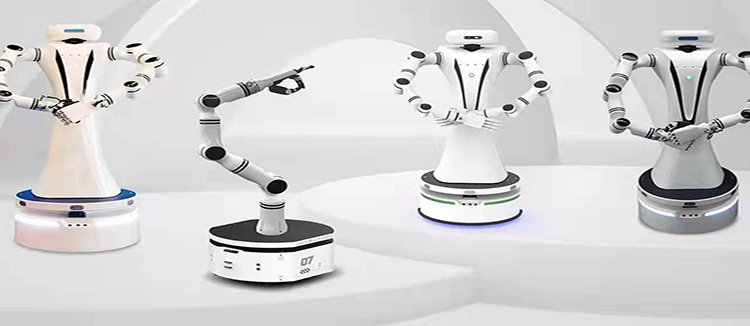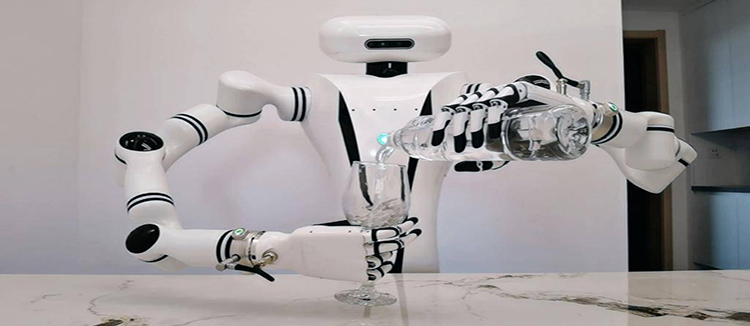Understanding the Precision and Efficiency of DD Motor Technology
When it comes to precision motion control, the DD motor (Direct Drive motor) stands out as a revolutionary technology that has transformed various industries. This advanced motor design eliminates the need for traditional mechanical transmission elements such as gears, belts, or pulleys, which are often the source of inefficiencies and inaccuracies in motion control systems. In this article, we will delve into the intricacies of DD motor technology, exploring its benefits, applications, and how it sets a new standard for performance and reliability.

The DD motor's direct drive architecture is its defining feature. By directly coupling the motor to the load without any intermediate mechanical components, the DD motor ensures a seamless transfer of power, leading to unparalleled precision and control. This direct connection also results in a significant reduction in system complexity, maintenance requirements, and energy consumption, making it an attractive option for applications where high accuracy and efficiency are paramount.
One of the key advantages of DD motors is their high torque density. The absence of transmission losses means that the motor can deliver more torque with less energy, which is particularly beneficial in applications requiring high power density, such as robotics, aerospace, and precision manufacturing. The efficiency of a DD motor is further enhanced by its ability to operate over a wide speed range, allowing for precise control at both low and high speeds.

Another significant benefit of DD motors is their compact size and lightweight design. The elimination of bulky transmission components not only reduces the physical footprint of the motor but also its weight, which is crucial in applications where space and weight are at a premium, such as in drones, satellites, and electric vehicles. The compact nature of DD motors also allows for easier integration into existing systems, often without the need for significant redesign or modification.

Reliability is another area where DD motors excel. By removing the mechanical components that are prone to wear and tear, such as gears and belts, DD motors significantly increase the lifespan of the system. This reduction in moving parts also means fewer points of failure, leading to a more reliable and robust system overall. The low maintenance requirement of DD motors is a major advantage for industries where downtime can be costly, such as in semiconductor manufacturing or medical equipment.
The applications for DD motors are vast and varied. In the field of robotics, DD motors provide the precise control needed for delicate manipulation tasks. In semiconductor manufacturing, they ensure the high precision required for wafer handling and photolithography processes. In medical equipment, such as CT scanners and linear accelerators, DD motors deliver the smooth and accurate motion necessary for precise imaging and treatment delivery. Additionally, in renewable energy applications like wind turbines, DD motors contribute to the efficiency and longevity of the systems.
Despite their many advantages, DD motors also present some challenges. The initial cost of DD motors can be higher than that of traditional motors due to their advanced design and materials. However, the long-term savings in energy consumption, maintenance, and increased system reliability often offset this initial investment. Furthermore, the design and control of DD motors require specialized knowledge and expertise, which can be a barrier for some applications.
In conclusion, the DD motor is a cutting-edge technology that offers significant advantages in terms of precision, efficiency, and reliability. Its direct drive architecture revolutionizes the way we think about motion control, setting a new benchmark for performance across a wide range of industries. As technology continues to advance, the applications and capabilities of DD motors are likely to expand, further solidifying their position as a key component in the future of precision motion control.










